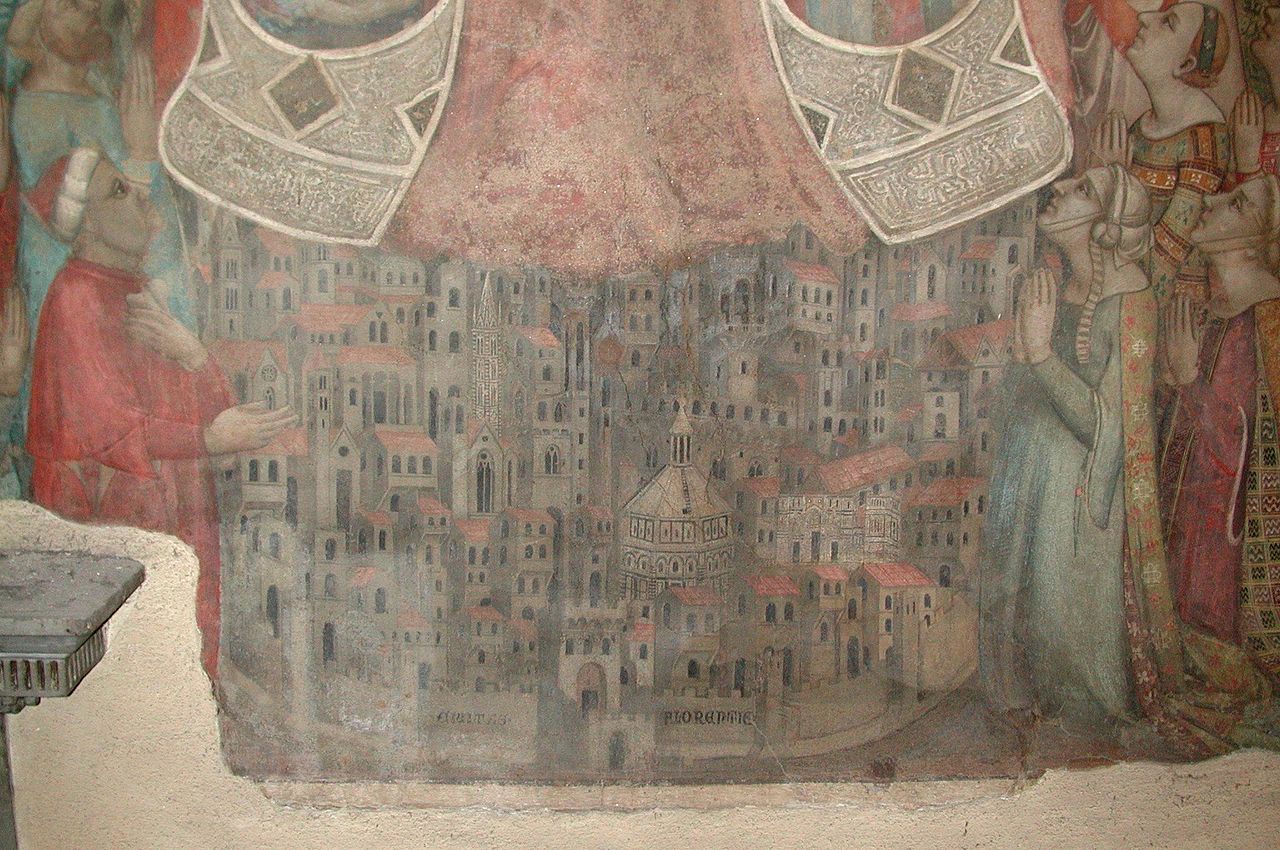
The oldest representation of Florence, in the Madonna della Misericordia, first half of the 14th century, Museo del Bigallo
Retired Roman soldiers founded in 59 BCE a village named “Florentia”.
From the 4th century CE, it became the seat of a diocese.
The city experienced troubled times after the fall of the Roman Empire, passing under various dominations such as the Byzantines, Ostrogoths, Lombards, and Franks. At certain periods, the population shrank to only about 1,000 people.
It was from the 10th century that the city began to grow, becoming in the year 1115 an autonomous Commune. The feudal Middle Ages saw in Tuscany and other regions of Italy the multiplication of these independent cities.
In the 13th century, Florence entered a more or less latent civil war between two factions: the Ghibellines, who supported the Emperor of the Holy Roman Empire, and the Guelfs, in favor of the Roman Papacy. The latter prevailed, but they then divided among themselves into “White Guelfs” and “Black Guelfs”.
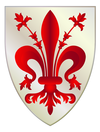 Despite these political conflicts, the city developed greatly until it became one of the most powerful and prosperous cities in Europe. Its wool industry was very important. It minted its own gold currency, the fiorino (florin), introduced in 1252, and possessed a powerful merchant fleet. Long a rival of Siena, the latter collapsed after a military defeat against Genoa in 1284. It was acquired by Florence in 1406.
Despite these political conflicts, the city developed greatly until it became one of the most powerful and prosperous cities in Europe. Its wool industry was very important. It minted its own gold currency, the fiorino (florin), introduced in 1252, and possessed a powerful merchant fleet. Long a rival of Siena, the latter collapsed after a military defeat against Genoa in 1284. It was acquired by Florence in 1406.
Settled in its duchy, Florence then ruled for centuries over all of Tuscany, except for the Republic of Lucca, a city that remained independent until the 18th century with the arrival in Italy of Napoleon.
The population of Florence rose to nearly 80,000 people before the Black Death of 1348 (slightly behind Venice, but much more than Milan and Bologna).
In 1345, the Ciompi organized a strike, and in 1378 they launched a brief revolt against the oligarchic domination of the city. This was suppressed and the city fell under the domination of the Albizi family (1382-1434), enemies but forerunners of the Medici family.
After an initial period of Medici rule in Florence, a republic was again established, notably under the influence of the Dominican friar Girolamo Savonarola.
He was executed in 1498. He left a treatise on the government of the city of Florence.
Another influential figure of that time was Niccolò Machiavelli. His immortalized advice in *The Prince* benefited the government of Florence, legitimizing certain practices or abuses of the rulers for noble reasons.
Once again, the Florentines expelled the Medici and reestablished the republic on May 16, 1527. Thanks to the support of the Emperor and the Pope, the Medici were again reinstated in power in the city and became in 1537 the hereditary Dukes of Florence. In 1569 they became Dukes of Tuscany and ruled the region for nearly two centuries.
With the extinction of the Medici dynasty, it was Francis Stephen who succeeded them in 1737. Duke of Lorraine and husband of Maria Theresa of Austria, he brought Tuscany into the territories of the Austrian crown.
The Austrian rule lasted until the French conquest. The duchy passed in 1859 to the Kingdom of Piedmont-Sardinia. Then, in 1861, Tuscany became a province of the newly united Kingdom of Italy.
After Turin, Florence temporarily took the place of capital of Italy in 1865 at the request of Napoleon III on the basis of the September Convention. But when Rome was annexed to the Kingdom of Italy six years later, it took the place of the capital.
The population of Florence doubled in the 19th century and tripled in the 20th, particularly with the development of tourism, trade, financial services, and industry.
The city was occupied for one year by the Germans from 1943 to 1944. At the end of the Second World War, Florence was decorated for the sacrifices of its population and its resistance activities.
On November 4, 1966, a flood of the Arno invaded much of the city center, causing extensive damage among the works of art.
Source: https://it.wikipedia.org/wiki/Storia_di_Firenze
In the same category
- Florence
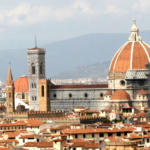 Florence, the capital of Tuscany crossed by the Arno River, has ...
Florence, the capital of Tuscany crossed by the Arno River, has ... - What to see in Florence: monuments, squares and museums
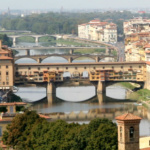 To explore Florence, at least 3 days are needed. The historic ...
To explore Florence, at least 3 days are needed. The historic ... - Interactive map of Florence
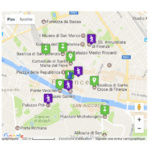 Map of Florence with its major monuments, places and museums Articles about ...
Map of Florence with its major monuments, places and museums Articles about ... - Hotels in Florence
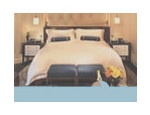 Hotels in Florence
Hotels in Florence - Visit Florence in 2 or 3 days
 A three-day stay in Florence allows you to discover the main ...
A three-day stay in Florence allows you to discover the main ... - Tickets and tours in Florence
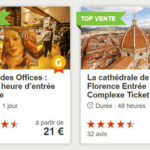 Florence touristic pass and combined tickets Excursions, visites guidées et billets à ...
Florence touristic pass and combined tickets Excursions, visites guidées et billets à ... - 16 Tuscan foods to try
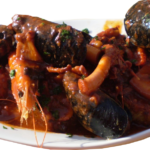 The Tuscan cuisine, particularly Florentine, is a celebration of simplicity and ...
The Tuscan cuisine, particularly Florentine, is a celebration of simplicity and ... - Florence Cathedral
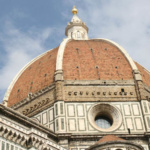 The Cattedrale di Santa Maria del Fiore, symbol of Florence, displays ...
The Cattedrale di Santa Maria del Fiore, symbol of Florence, displays ... - Palazzo Vecchio of Florence and museum
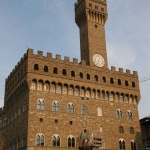 The Palazzo Vecchio (lit. “Old Palace”), one of the most iconic ...
The Palazzo Vecchio (lit. “Old Palace”), one of the most iconic ... - Ponte Vecchio
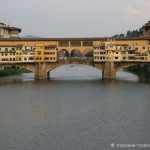 The Ponte Vecchio (lit. “the Old Bridge”) is one of the ...
The Ponte Vecchio (lit. “the Old Bridge”) is one of the ... - Piazza della Signoria
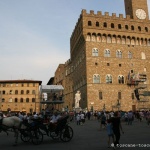 Piazza della Signoria is the political and historical heart of Florence. ...
Piazza della Signoria is the political and historical heart of Florence. ... - Churches in Florence
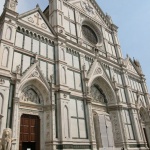 Florence, the cradle of the Renaissance where architecture, art, and history ...
Florence, the cradle of the Renaissance where architecture, art, and history ... - Museums in Florence
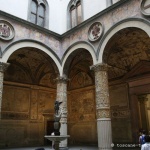 Florence, cradle of the Renaissance, is a true capital of art ...
Florence, cradle of the Renaissance, is a true capital of art ... - Uffizi Gallery
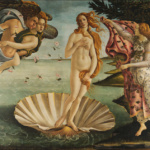 La Uffizi Gallery in Florence is one of the most famous ...
La Uffizi Gallery in Florence is one of the most famous ... - Santa Croce Basilica in Florence
 The Basilica of Santa Croce, built beginning in 1294, is the ...
The Basilica of Santa Croce, built beginning in 1294, is the ... - Santa Maria Novella Basilica in Florence
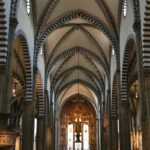 Santa Maria Novella is the large Dominican church located at the ...
Santa Maria Novella is the large Dominican church located at the ... - Palazzo Pitti, its museums and the gardens of Boboli
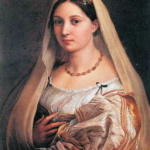 Palazzo Pitti is one of the largest buildings in Florence and ...
Palazzo Pitti is one of the largest buildings in Florence and ... - Gallery of the Academy of Florence
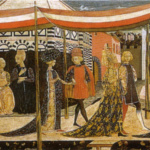 The Gallery of the Academy (Galleria dell’Accademia in Italian) is one ...
The Gallery of the Academy (Galleria dell’Accademia in Italian) is one ...

No Comments Yet